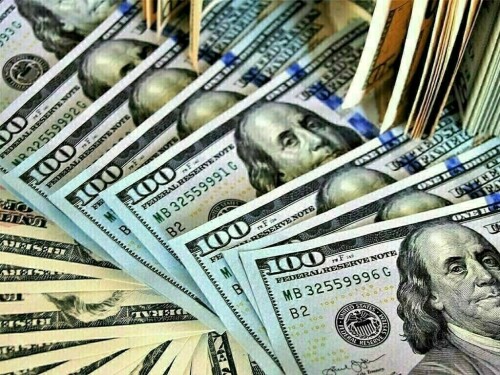Rupee’s Stability Against US Dollar
In the initial trading hours on Tuesday, the Pakistani rupee maintained its value against the US dollar in the inter-bank market.
As of 10 a.m., the rupee was steady at 284.22.
The currency also closed at 284.22 on Monday.
Global Currency and Trade Developments
Across the globe, the Japanese yen experienced a decline, while the US dollar remained stable. This comes as US President Donald Trump introduced 25% tariffs on goods from Japan and South Korea, marking the latest event in his turbulent trade policies.
On Monday, Trump communicated to trade partners, ranging from major suppliers like Japan and South Korea to smaller economies, that significantly increased US tariffs would be implemented starting August 1.
He later mentioned the possibility of extensions if countries presented proposals.
This announcement affected investor confidence, causing the Japanese yen and South Korean won to decrease by approximately 1% overnight.
On Tuesday morning, both currencies remained under pressure, with the yen reaching a two-week low of 146.44 per dollar.
Investors began the week uncertain about Trump’s tariff plans leading up to the initial deadline of July 9. The new date of August 1 offers a temporary reprieve, but uncertainty remains and global economic concerns continue.
Against a group of currencies, the dollar showed minimal change at 97.40, holding most of its gains from Monday when it increased by 0.5%.
Oil prices, an important indicator of currency parity, decreased on Tuesday after rising almost 2% in the prior session, as investors considered new developments on US tariffs and a higher-than-expected OPEC+ output increase for August.
Brent crude futures fell 21 cents to $69.37 a barrel by 0041 GMT. US West Texas Intermediate crude decreased 24 cents to $67.69 a barrel.
This information reflects an intra-day market update.



Comments (0)
No comments yet. Be the first to comment!
Leave a Comment